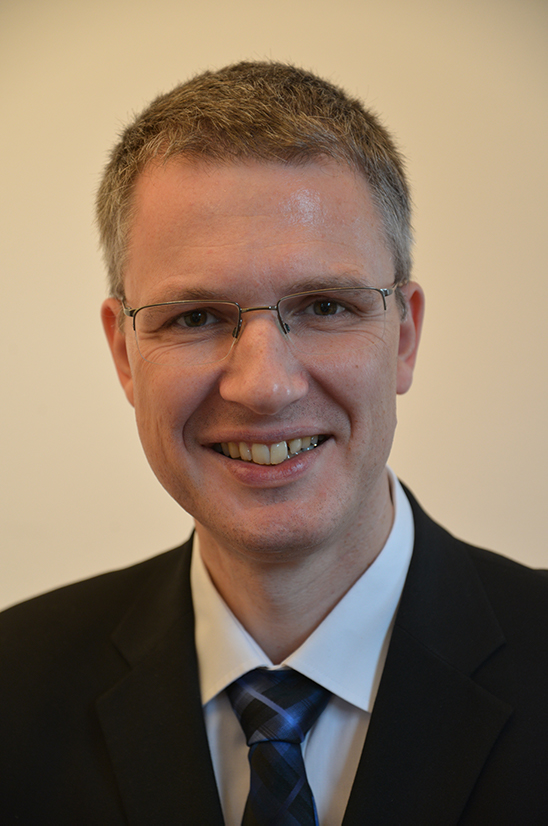In view of the increasing demand for lithium and the unequal distribution of lithium deposits worldwide, local deposits such as the zinnwaldite deposit at Zinnwald/Cínovec are increasingly coming into focus. The direct carbonation process with supercritical CO2 represents a promising approach for a technical implementation due to the low consumption of chemicals as well as the high selectivity for lithium. Besides primary ore (zinnwaldite), the method is also suitable for recovering lithium carbonate from black mass, the lithium-containing fraction from lithium ion battery recycling.
The COOL-process (CO2-leaching) is a textbook example of how future raw material processing can be realised in terms of raw material and energy efficiency with a low CO2-footprint. In moving away from current practice, the COOL process is designed as an origin-independent chemical process. In other words, it is the product, Li2CO3, which is in the focus, not the raw material. In fact, industrial plants are designed for a distinct raw material with distinct properties. It depends on the process’s robustness whether or not the specification limits are narrow or broad. The valuables chemistry concept developed in Freiberg involves not only a robust process with respect to feedstock. It also aims at eliminating the barriers between the primary and secondary raw material business.
Typically, recycling is conceived of as recovering raw materials after use in high quality with minimal consumption of energy and resources. In fact, the secondary raw material market generates secondary product quality, which is downcycling, with the few exceptions of noble metals and copper. Although the market suffers from lacking specification conformities, it is conceived of as counter-project to the mining industry which is facing a hard rejectionist stance in Europe, while the sustainability aspect of recycling is not necessarily given at all. On the contrary, the primary raw material business produces primary product quality, which meets the specifications and serves existing markets. Both industries claim for themselves that they contribute to reduce import dependencies, what holds true only if taking place in one and the same economic area, such as the EU.
One solution to overcoming these hurdles is to funnel all raw material irrespective of being of primary or secondary nature into one single process. In other words, after a very few pre-treatment steps, the materials’ origins are unidentifiable. This has been realised in the COOL-process, where siliceous ores are leached with aqueous sc-CO2 after a thermal pre-treating. The same applies to black mass from lithium ion batteries, which is leached all the same way. Although both material flows could be handled simultaneously along the same process chain now, it is economically more advantageous to merge them after the leaching step, thus allowing for recovering Co, Ni and Mn from the residual black mass. The siliceous ores’ residues can be further processed to alternative construction material, thus allowing for converting waste into marketable products and costs into profit.
In summary the COOL-process has the prospect of serving exemplary for the raw material industry in general and the recycling industry in special. Since for technical reason downcycling has become impossible, primary product quality is the only outcome, thus giving way for more sustainable and economically more profitable recycling in its true sense.
